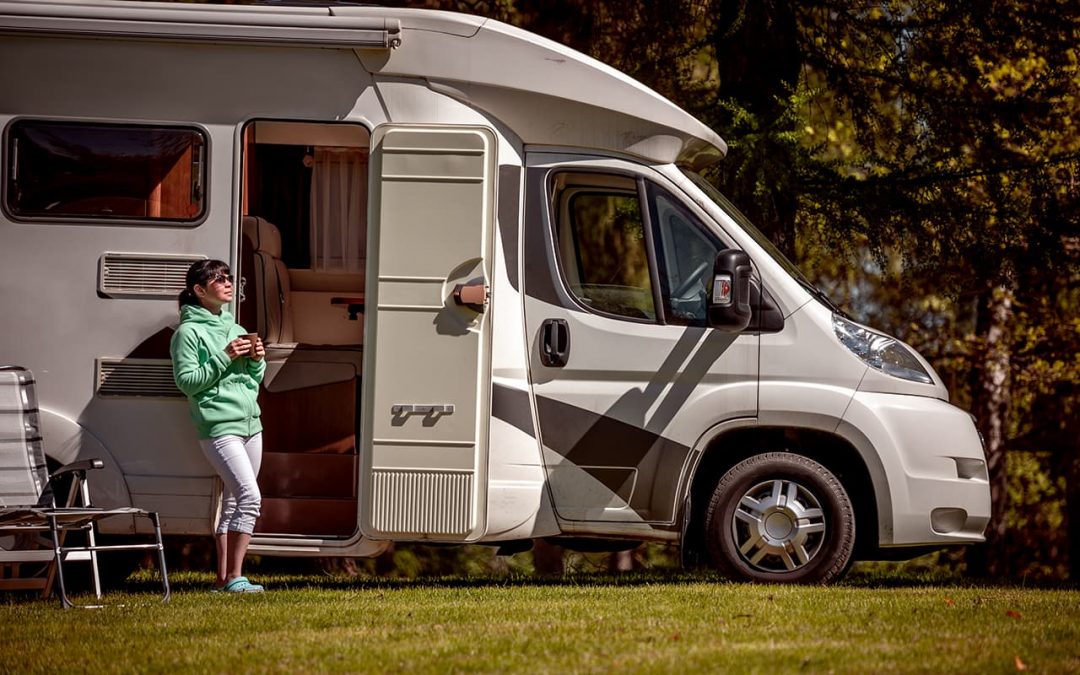The latest RVs and travel trailers can do a lot of things, but they still can’t de-winterize themselves. It’s still got to be the first thing you do before taking your rig out for the first road trip this year.
It’s easy to understand why a family vacation in your RV or travel trailer continues to gain popularity. CBRE Hotels Advisory Group recently released the results of a study where they compared the cost of eight of the most popular vacation types for a family of four. The average savings if you took the trip in an RV or trailer was between 12 percent and 64 percent. Here’s what to keep in mind as you prepare your rig for travel this year.
Exterior
Improperly inflated tires will drastically impact gas mileage – no matter whether you’re in a Class C diesel pusher or your towing a trailer with your pickup truck. Check your tires for physical damage that may have occurred by the winter weather. Look for cracks in the sidewalls.
Do a thorough inspection of all the outside components. Get up on the roof and make sure your air conditioning or heat pump units are free of blockage. While you’re up there, check the roof membrane if your coach has one. Is it properly sealed?
If you were a critter, a vent or crevice would make a great winter hangout. Check to see that you don’t have any stowaways.
Interior
If you’ve stored your coach for the winter, you want to give it a thorough interior cleaning – if only to air it out. This is a perfect time to inspect the contents of every drawer and cabinet. Remember that unnecessary or unneeded items aboard are adding weight and impacting your gas mileage.
Two particular things to check on inside are to make sure your first aid kit is fully supplied and that your fire extinguisher is charged and up-to-date. Both of these items have expiration dates. Replace them if necessary.
Operating Systems
Even if they’ve got environmentally controlled storage, many RV and travel trailer owners choose to winterize their freshwater systems with non-toxic RV antifreeze. Don’t skip any of the steps when it’s time to de-winterize. The antifreeze must be completely flushed out of your system so the water is safe to drink.
Don’t forget to take your water heater out of bypass mode. If that’s something you didn’t do, you’ll also have to drain it to remove the RV antifreeze.
Once you’ve flushed all water systems, it’s time to check and replace the water filters. However, make sure to sanitize your water system beforehand, as some filters may be damaged by this process.
There are plenty of additional steps, but these tend to be the big ones. You’ll want to check your batteries, the appliances, and even the propane tanks. It’s likely that your rig came with a checklist, but you can always refer to this excellent Spring preparation checklist by KOA.
If you’re tired of paying someone else to store your RV or travel trailer offsite, it’s time to look into metal and steel RV storage options on your own property.



